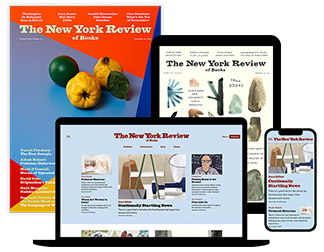On October 1, 2004, Bruce Springsteen played Philadelphia in a cavernous arena, then called the Wachovia Center. Bright Eyes, John Fogerty, and R.E.M. made up the rest of the bill, part of the “Vote For Change” tour designed to encourage people to register to vote in an election that ultimately saw Democrat John Kerry fail to become president.
Springsteen closed the sold-out show—and blew everyone else away, as he had years before on the similar multi-artist Amnesty International tour that also featured Sting, Peter Gabriel, Tracy Chapman, and Youssou N’Dour (which I saw in London in 1988). It takes all sorts, so this doesn’t reflect badly on the other performers (R.E.M. were particularly good but played only three or four crowd-pleasing greatest hits in their twelve-song set), but it made me wonder why Springsteen is so good, the best, at what he does. It’s not even a controversial opinion: you’d have to dislike or misunderstand rock and roll to disagree with it. Yes, he’s a great songwriter and lyricist; but how does he also manage to provide the best rock-and-roll show of all time, almost every time, in the same inhospitable arenas that regularly dwarf other performers?
It’s easy to conclude that he’s a natural, a born performer. None of the other singer/songwriters I liked when I first saw Springsteen were incredible musicians; they simply strummed while the rest of the band did the music, so it astonished me to realize that it was he who played the solos (I had naturally assumed it was Steve Van Zandt, the show-offy guy with the headband). But Springsteen is not only a great guitarist, a great bandleader, a great songwriter, he’s also a great mover. You don’t often see his moves analyzed, but whether he’s grinding the mic stand, swaying his head as he plays a solo, or presiding over one of his religious revival routines, it all seems effortless and unembarrassed. The way Springsteen moves is the way everyone wants to move on a stage: joyously, unselfconsciously. This is the key. Bruce does not wink at you. Though there is always humor, the show is not ironic. His smile is open. Bruce gives you the truth straight. The set seems entirely honest. That is its appeal.
I should declare, in the interests of transparency, that I’ve had the pleasure of playing with Springsteen: we met quite by chance at the very back of The Palladium in Hollywood in 1994 at a show by The Rock Bottom Remainders, a tongue-in-cheek band of authors including, among others, Stephen King, Amy Tan, Ken Follett, Matt Groening, Dave Marsh (a friend of Bruce’s), and Joel Selvin (a friend of mine). We were both there to celebrate and make fun of our respective friends. and, by some miracle, he happened to like, or at least have heard of, the albums I made for Sire Records in the early Nineties under the name John Wesley Harding.
He subsequently came to duet at one of my own shows (McCabes in Santa Monica: perhaps the tiniest place he’s played in public in the last thirty years), and I opened for him on a couple of dates in Berkeley in 1995, when he was touring solo with his album The Ghost of Tom Joad. Since then, we’ve both been involved in various events, including Woody Guthrie’s induction into Cleveland’s Rock & Roll Hall of Fame, and Jersey Rain, an afternoon at Fairleigh Dickinson University in 2010 when Springsteen and Robert Pinsky discussed their respective experiences as New Jersey poets.




